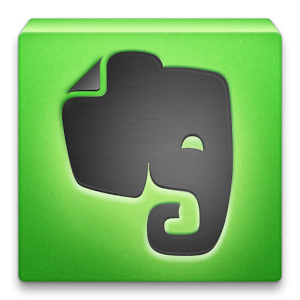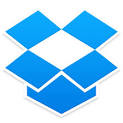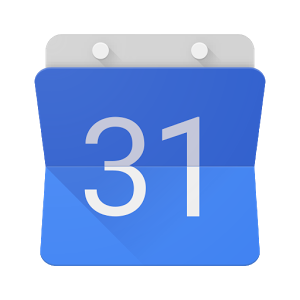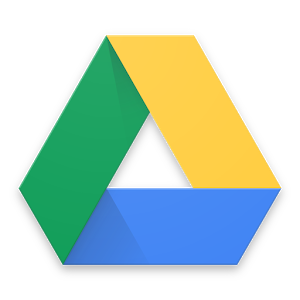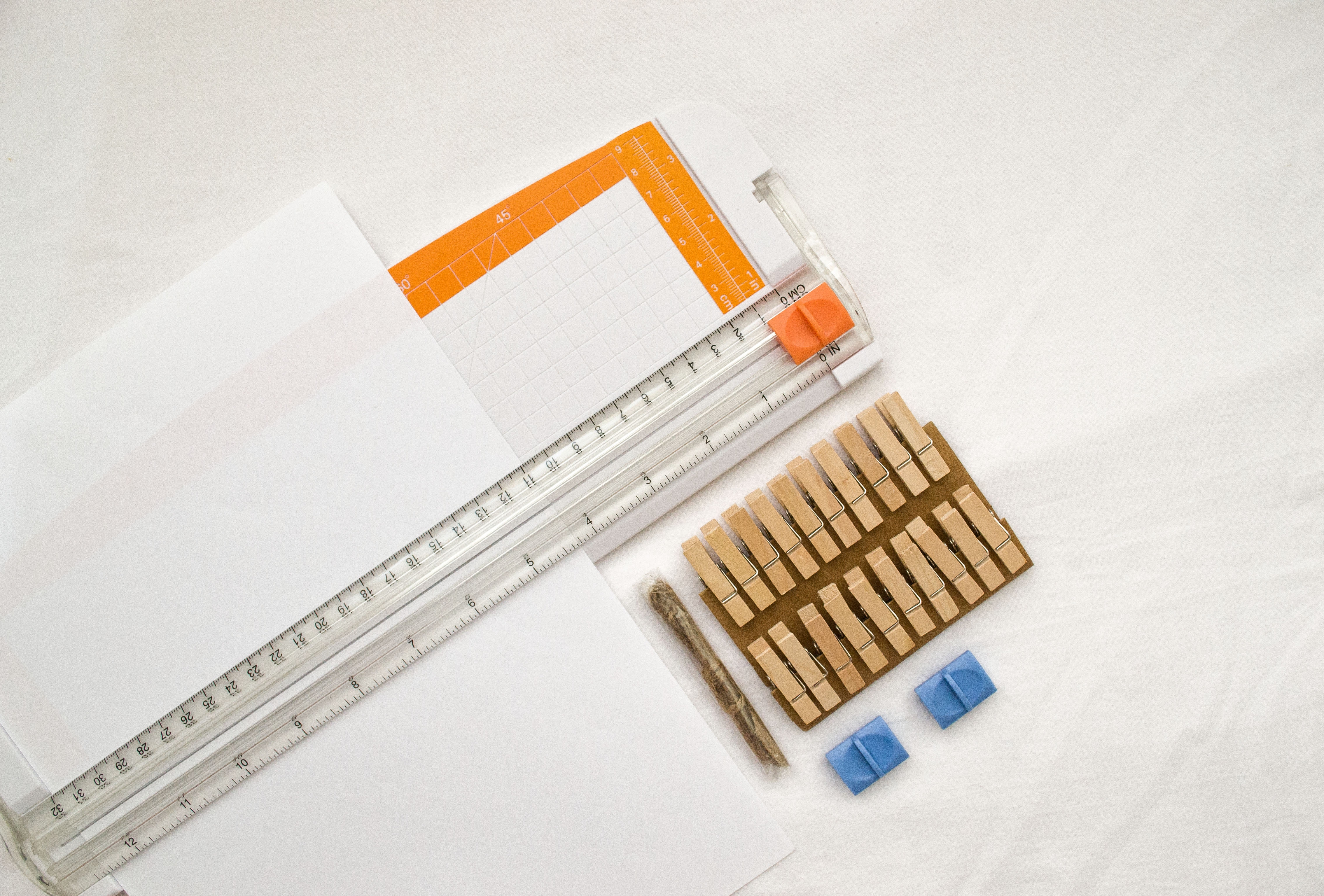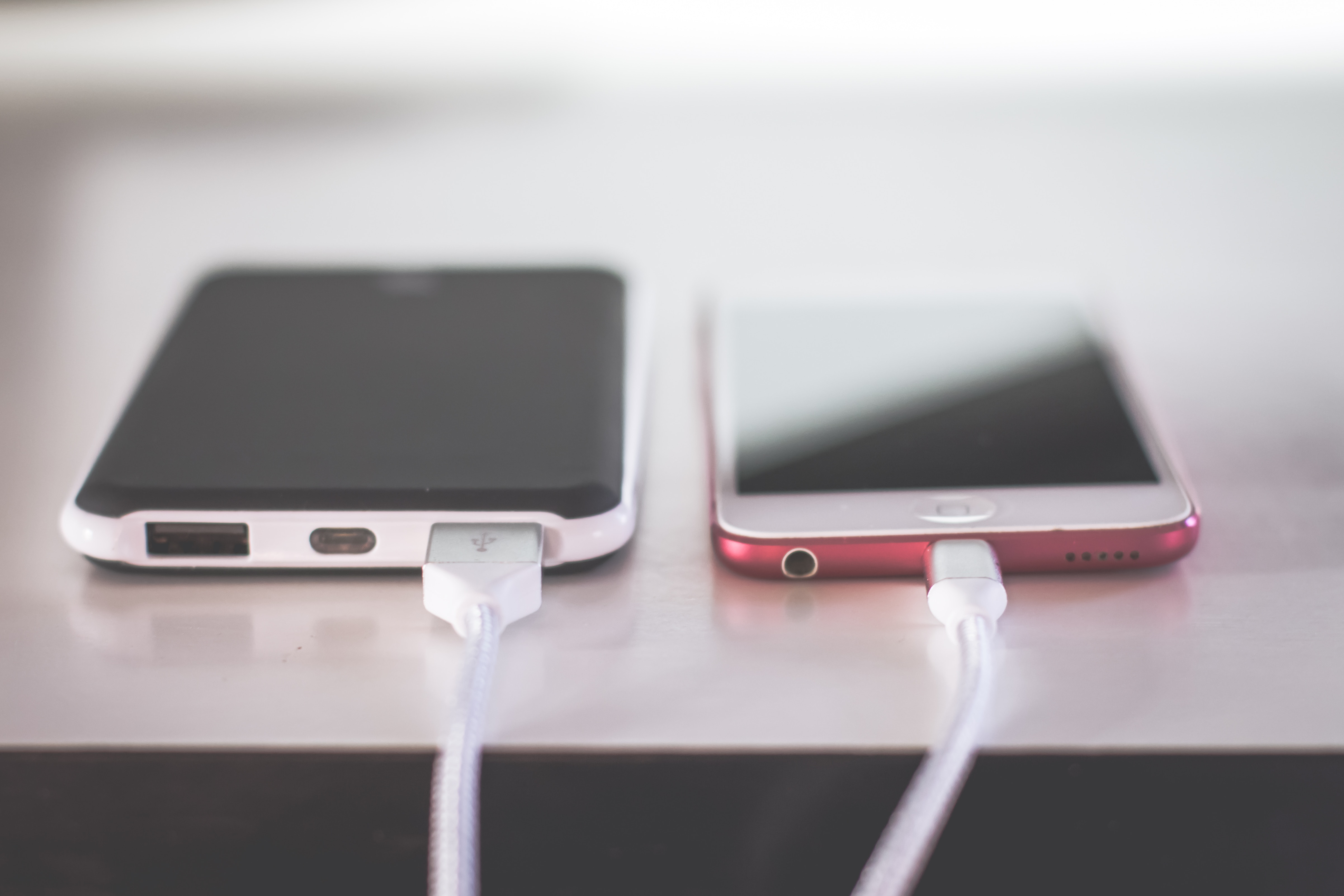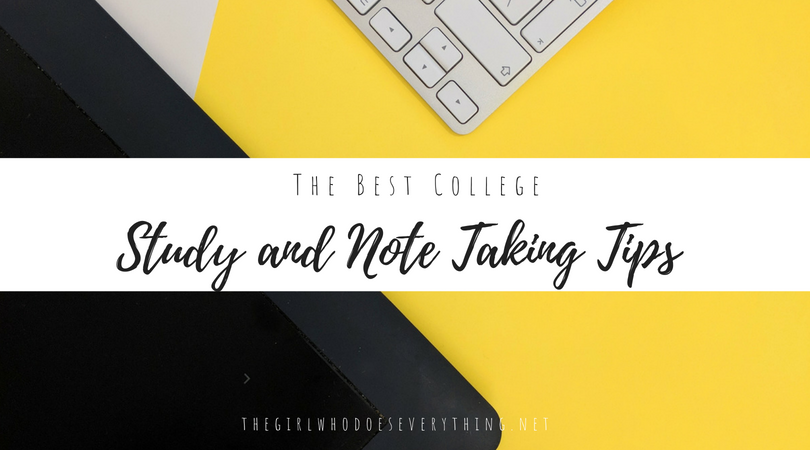The Ultimate List of Tools, Tips, and Tricks for Making Sure You Are Getting the Most of Your Education
I haven’t even finished my freshman year of college and I have already learned SO MUCH about studying and taking notes and getting good grades. If you haven’t started college yet, believe me, college school work is NOT at all like high school. If you want to keep your GPA up, you need to be prepared to study and take notes like a pro.
This is the guide for you.
This guide will give you some examples of apps you should definitely consider using, tools you should always have on hand for taking notes, and really practical and clever note taking and studying tips that will be so helpful for all the years of your college life.
Apps
Evernote
Evernote is my all time favorite app for pretty much everything. I love writing and keeping things organized so Evernote is a must. Plus it has so many awesome features that get added pretty often. You can organize your lecture notes, brainstorming ideas, to do check lists, project outlines, research notes, and more into personalized notebooks. Other features include voice recording, photo-to-scanned document ability, photo attachment, note and notebook sharing, and many more. Evernote is so helpful for not just school work but for blogging, freelance writing, and business endeavors.
Awesome Features
-
- Work chat
- Notebook organization
- Audio recording
- Document scanning
- Handwriting tool
- Speech-to-text
- Take a photo
- Attach audio files, photos, documents, and videos
Todoist
Todoist is a list making app that allows you to organize tasks and projects by category. I use Todoist for all of my blogging and writing deadlines and my school work. You can have categories and sub-categories, you can separate projects by color, you’re able to add a due date or reschedule a task, and you can label and filter tasks to find them when you need to access them quickly. You can even set up your account to send an email of your summary of tasks for that day as well as any overdue projects.
Awesome Features
-
- 7 day overview of tasks
- Organize tasks by project
- Color coordination
- Search by labels and filters
- Daily emailed task list
Dropbox
Dropbox is a great tool to use to back up pictures directly from your phone or tablet as soon as you take them, upload projects and documents for safe keeping, and store video and audio. You can organize everything by folder and it’s just a great place to keep all of your files, just in case you loose or forget your flash drive.
Awesome Features
- Organization by folders
- Synchronized photo backup from mobile device
- Option to share files
Google Calendar
My favorite thing about any app is synchronization because if I don’t have one electronic device, I usually have another and can just use that one when I don’t have the other with me. I love Google calendar because it sends notifications to my phone when I need a reminder. Sometimes I have to remind myself to turn in a project by a certain time and I don’t want to have to set an alarm to remember it. Plus, I can color code the events I add to my calendar so I can easily tell the difference between a calendar event that is just a reminder to turn in a project or a friend’s birthday.
Awesome Features
- Synchronization across devices
- Color code events
- Notifications and reminders
Google Drive
I love Google Drive. It’s so easy to share documents with my friends and classmates when I need to and I can also organize all the documents into folders so it’s even easier to attach to an email. Google Drive saved me a lot of trouble when Microsoft Office programs decided to stop working on my laptop and I didn’t want to spend hours in the campus computer lab typing out an entire project. If you can’t already tell, I absolutely cannot function without organization. Having the ability to create folders is a big plus for this app.
Awesome Features
- Attach files to emails directly from Drive
- Auto save
- Synchronization across apps
Holy Bible KJV by Tecarta
If you are in Bible college or Christian college, you will definitely want to invest in this app. It is the best Bible app I have ever used. It is very easy to use and it is super practical. I really enjoy this one. There are some features available for purchase but I don’t like spending money on apps. I feel like the app is perfect just the way it is.
Awesome Features
-
- In-depth word search tool
- Multiple colored highlighting and underlining
- Add margin notes
- Social media sharing
- Simple navigation
- Organize highlights by color
- Notebook entries
- Chapter reading audio
Tools
3-Ring Binder and College Ruled Paper
I find it so much easier to take written notes for classes because my laptop is a little too big and clunky to carry around to all my classes. I find it good to have a binder for my classes because I can always keep track of any hand outs and worksheets I get in class. These are some of my favorite binders to use!
2 Pocket Tab Dividers
These dividers are probably the best thing since sliced bread. If you have more than one class’s materials in a notebook, you will already want dividers, but the ones with pockets are better than just regular ones because it helps you keep your worksheets and completed quizzes organized by subject, too, instead of having to shove those loose papers in the front pocket of the binder.
Clear Sheet Protectors
Sheet protectors are those great to keep your class syllabus in so you don’t lose it with all of those other worksheets you have in the pockets.
3×5 Cards
3×5 cards can be used as flash cards to help you study, you can use them to write yourself reminders and tack them to a cork board, and you can even use them to write down anything you memorize and you can tape it to the inside of your tablet cover. Sometimes these cards even come in packs of multiple colors, so if you need flash cards for several classes you can color code them so the subjects don’t get mixed up. Plus, colored ones are cute, too!
Colored Pens and Highlighters
If you can’t already tell, I like when things are color coordinated so having multiple colored highlighters and pens is great for note taking. Also, if you have a paper planner and calendar, you can color coordinate your subjects or type of project by color. For instance, use a green pen for all the quizzed, red for tests, and orange for research papers. Or you can separate it by class – green pen for Chemistry, purple for Accounting, and red for Speech.
Post-it Flags
Post-it note flags come in handy to use as a book mark, a reminder where you left off in your class notes, or to mark important parts of your borrowed text book that you can’t use a highlighter in.
Portable Phone Charger
This one actually isn’t a traditional school supply item, but it is definitely necessary. Have you ever woken up and realized that your smart phone was unplugged all night and you have to go the whole day with your phone at 30%? Tragic, right? Purchasing a portable phone charger was probably the best decision I have made in a long time. It not only can charge my phone, but my tablet, too.
Tips
Note Taking Tips
1. Use a table of contents for your written notes. It will come in handy when you need to study for midterms and finals.
2. Label your notes by date and lecture number. Some professors already number their lectures, so just use their numbering system. If you need to number them yourself that’s fine, too. It will help you keep track of your flash cards and table of contents if you use them. Plus, dating your notes will help you know what to study for your next quiz and it will help you figure out which notes you or a friend may have missed when they skipped class last week.
3. Use a combination of outline, shorthand, and block quotes and lists in your notes. The variety will help you comprehend the material better.
4. Color coordinate. I already gave examples of color coordinating flash cards, binders, pens, and highlighters. You just have to decide on how to separate the colors.
5. Voice record lecture notes (you can use your smart phone or even Evernote) for difficult classes while taking written/typed notes and include minute marks for sections that need more explanation. When you’re studying your notes, just go back to the lecture that corresponds with the date and lecture number of your written notes and skip to the part of recording that discusses the concept you need repeated.
6. When reading your textbooks (if that’s even necessary for your class) take notes on 3×5 cards of a summary of each chapter. If you don’t understand something, write your question down and listen intently in the lecture notes the next day and answer your own question in your notes. If you can, mark the page number in your notes that refers back to the question you had in the reading.
7. If your professor has a PowerPoint but you aren’t able to copy all the notes before he changes slides, take a photo of the notes with your smartphone and copy them down later. This also works great if he has charts, graphs, or images that you need to remember.
8. Evernote is a great tool to share notes with classmates who missed the lecture notes that day.
Study Tips
1. Take breaks in your study time. Studies show that a 10 minute break after every 30-45 minutes of studying helps you focus more and retain more knowledge.
2. Here are two excellent ways to memorize anything: Read it 10 times, say it 10 times, write it 5 times. Or read it out loud while walking. Get your exercise and studying in at the same time and kill two birds with one stone!
3. Use a variety of methods to help you remember things – songs, lists, rhymes, picture and word association, alliteration, study sheets – the possibilities are endless. Just surf the internet for a little bit and you can find so many ways to memorize things.
4. Have a to do list nearby and write down everything that needs to be done to eliminate distractions. Also, use a paper planner and calendar so you can visualize your week. It helps with planning and there is less scrolling through your electronic calendars, giving you more time to study.
5. Have a study group. This is a great way to make new friends while trying to get better grades!
6. Keep completed tests, quizzes, and worksheets if they are returned to you. Teachers usually use the same or similar wording on future cumulative exams, midterms, and finals.
7. Study with “brain food.” Anything that’s a good source of protein or fiber is great for you – fresh fruit or vegetables, nuts, raisins, granola, and Greek yogurt are just a few things that are good for you.
8. Libraries are the perfect place to study because everyone is required to be quiet and they aren’t frequented often so you can work alone if you want to.
9. If you need noise when you’re studying, listen to some tunes without lyrics. Words can be distracting. Listen to artists like the Piano Guys and Lindsey Stirling for some really great instrumental tracks.
10. Don’t study sitting or lying on your bed – especially if you are tired. You will probably end up just falling asleep. Sitting in a desk or chair will keep you more alert.
I know that was a ton of information I just threw at you, but I hope it will help you study better for your next big exam or start your next semester off right!
Did I miss anything? Is there a really great tip or item that I totally missed out on that would make everyone’s studying time better? Let me know in the comments below. I would love to hear from you!


